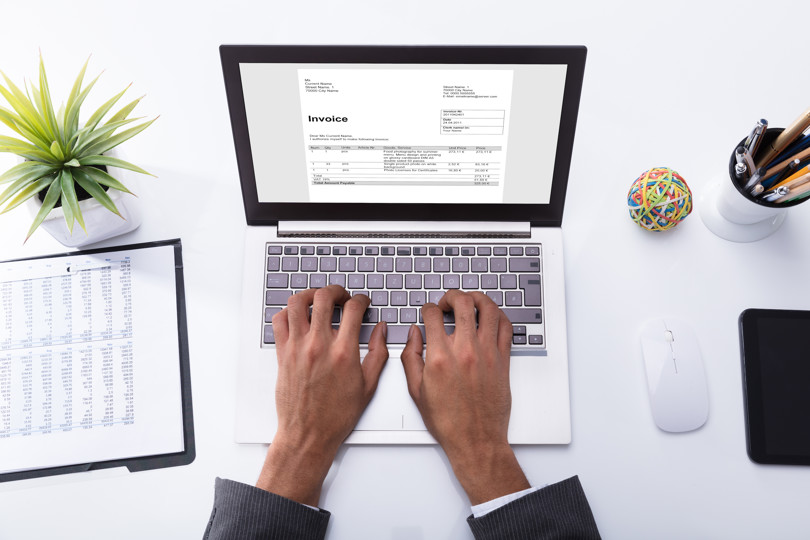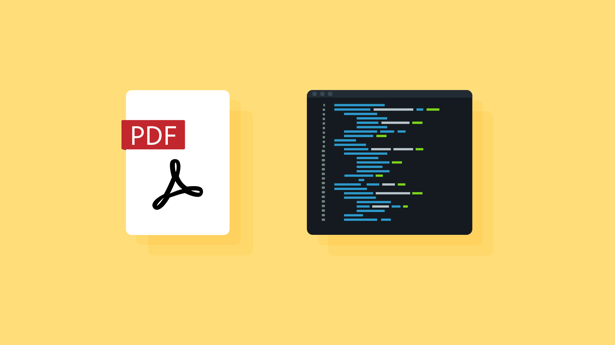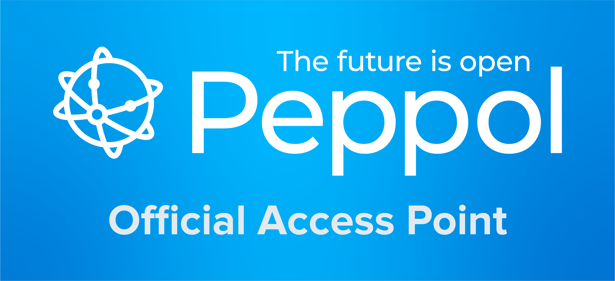-
Less hassle and faster
Opening your word processor, switching between programs and tabs to gather all the info, entering data, generating PDF files, composing emails and attaching PDFs, creating invoice statements, checking whether your customers have paid and so on can eat up a lot of time when you do it manually, especially if you have to invoice regularly. Electronic invoicing allows you to work much faster and is more convenient.
This is because all the processes are integrated into a single platform for creating purchase orders, accessing customer lists, tracking payments, etc. You can do everything from the same platform without the data becoming fragmented or scattered.
Since electronic invoices are fully digital files, you can also let the software carry out specific tasks automatically (e.g. sending reminders, reconciliations).
Moreover, platforms such as Billit allow you to effortlessly link to your accountant’s software. At the quarter-end, you can digitally deliver your accounts to your accountant at the touch of a button.
There’s no need to drop in paperwork to a physical office, or email or send documents by WeTransfer. That means less work and hassle for you, and for your accountant (and therefore lower costs for you).
-
Reduced risk of errors
As electronic invoices have all the info in a fixed place in the document, they can be read fully automatically by your customers' receiving software. By processing the invoices electronically, you also minimise the risk of human errors.
E-invoices are prepared in Universal Business Language (UBL). This computer language lets you send the invoice data from your accounting package to your customers’ (and accountant’s) accounting package for processing.
This ensures that customers always receive the correct payment details (account numbers and amounts), and that the data matches that on your purchase orders, delivery notes, etc.
-
Clear invoices
Creating invoices is simple via the input fields that give you direct access to customer and product data. The software follows a preset layout to visually represent your digital invoice.
So there is no more hassle with designing and adapting templates in Word or Excel, aligning text, staggered text blocks, entering formulas, etc. Your invoice will be ready to send in just a few clicks.
-
An increasing number of businesses are using (and requesting) e-invoices
The use of electronic invoices is on the rise, and many governments are promoting it. For example, anyone invoicing the Flemish government has to send an e-invoice. You may already have customers using e-invoicing.
Another advantage of e-invoices is that they require less processing time for your customers, and so are more likely to be paid quicker.
But what if you switch to electronic invoicing and your customer doesn’t understand how to use it? No problem, because invoicing platforms such as Billit also let you send a PDF version of your invoice to your customer, and a PDF version is always sent along with your e-invoice.
-
Also easy for your purchase invoices on paper or in PDF format
If you are using invoicing software, you can easily convert invoices you still receive on paper or in a PDF file into a digital document. This will also let you process and keep track of non-digital documents. The software reads and enters the data in the correct fields.
You simply upload the file (PDF, an image of the invoice, etc.). When you use an invoicing platform such as Billit, you can take a picture and upload it via the app.
-
Safe and readily available
Creating and managing e-invoices no longer requires you to download software. Some online invoicing platforms, such as Billit, only require a computer or tablet with an internet connection. Another advantage of such a SaaS (Software as a Service) solution is that the software is always up to date,
so you don’t need to buy new versions or install updates every two years. If you use a word processor or Excel to create your invoices and generate them as PDFs, you don’t have that convenience.
An online invoicing platform lets you store your data securely in the cloud, so the data is available anytime, anywhere. Another plus is that if your computer crashes or your laptop gets stolen, you will still have all your data.
Moreover, online billing platforms often feature intelligent algorithms. An example? If someone has added an incorrect IBAN to a purchase invoice to wrongfully receive the money from the payment into this account, Billit will send you an alert.
-
A single solution for numerous administrative and accounting tasks
Quotations, order forms, delivery notes, invoices and credit notes are all linked in an invoicing platform.
You can turn quotations into purchase orders or invoices into credit notes in just a few clicks. There's no hassle with copy/paste and other manual adjustments.
Unlike PDF files, electronic invoicing lets you automate numerous processes (subject to the software used). Some examples:
A link to your bank lets you retrieve bank transactions from your business accounts and automatically reconcile your invoices.
You can automatically send reminders to customers with outstanding invoices past the due date.
With the numerous integrations, you can include QR codes on your invoices that customers can use to pay.
Effortlessly link different Customer Relationship Management (CRM) software packages.
Importing product catalogues or lists of customers and suppliers is also no problem!

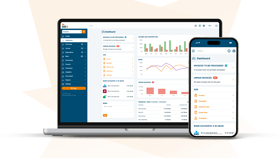

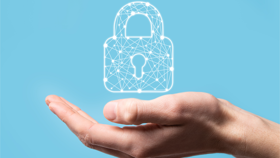 ResourcesSupportAbout us
ResourcesSupportAbout us